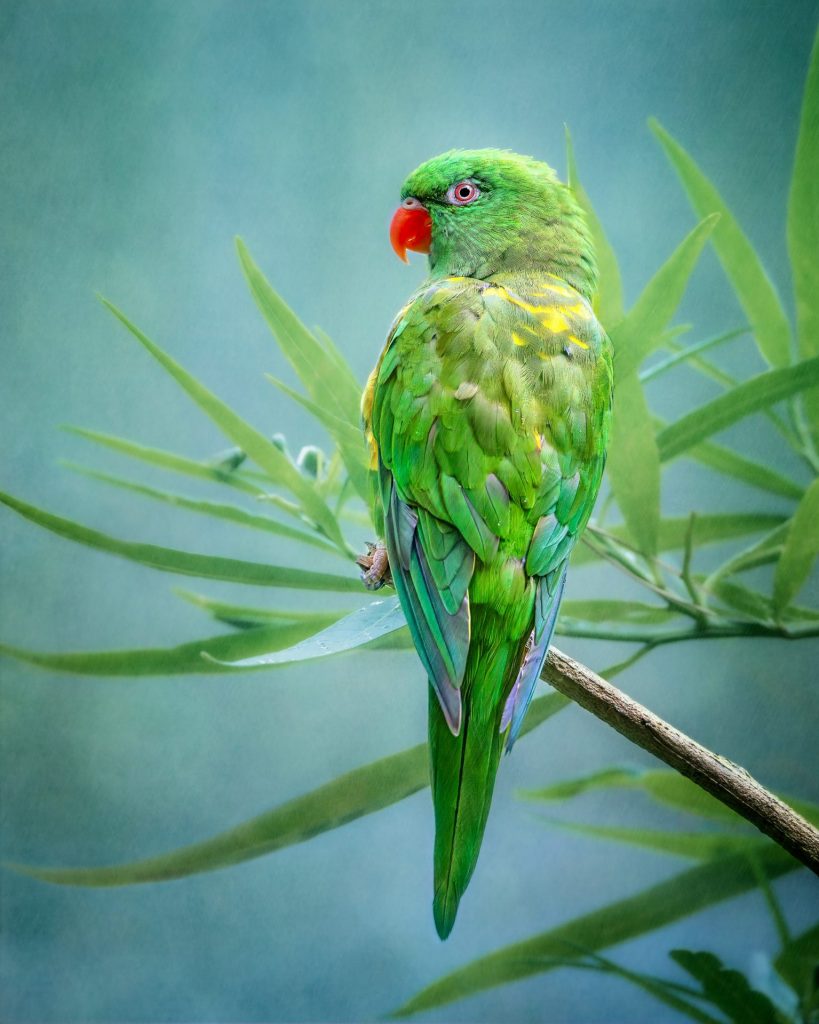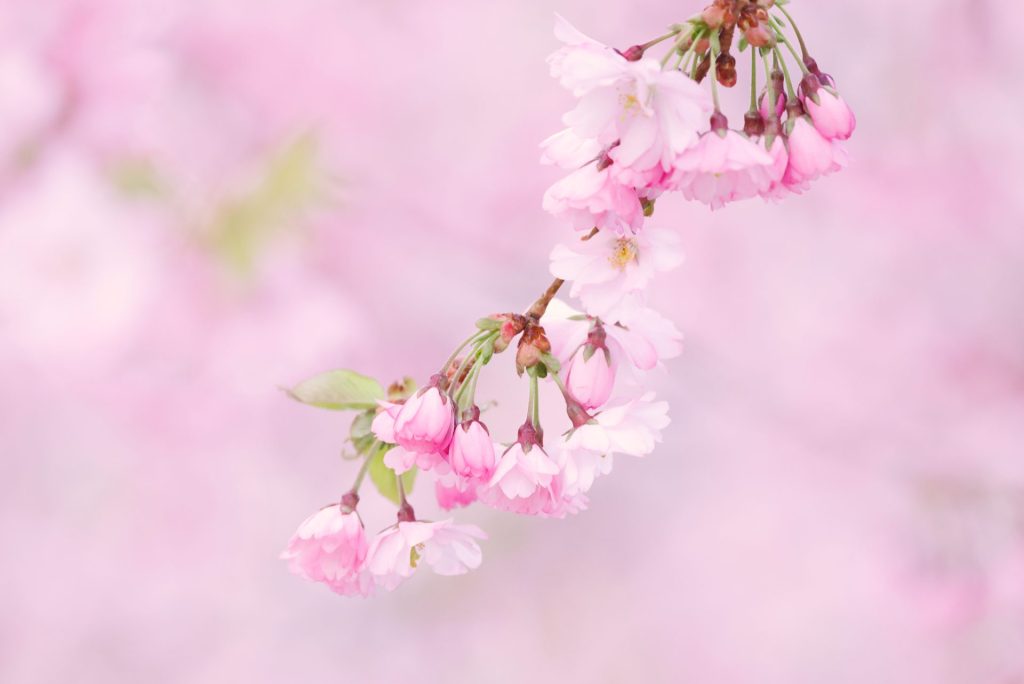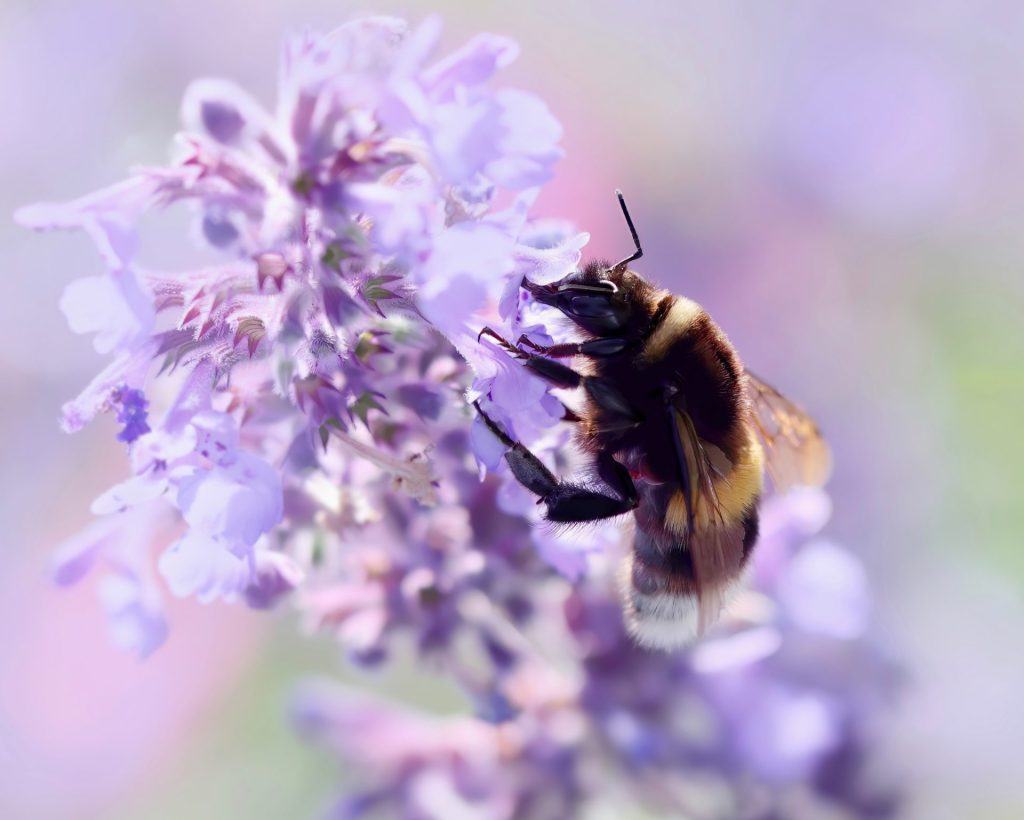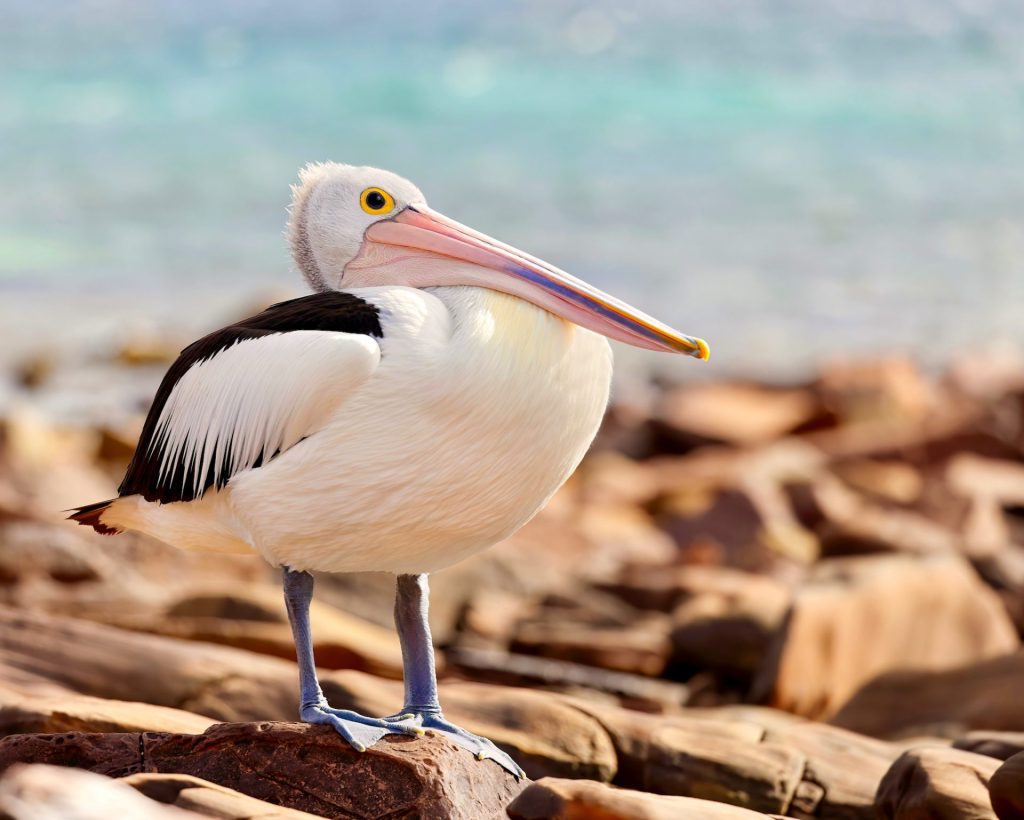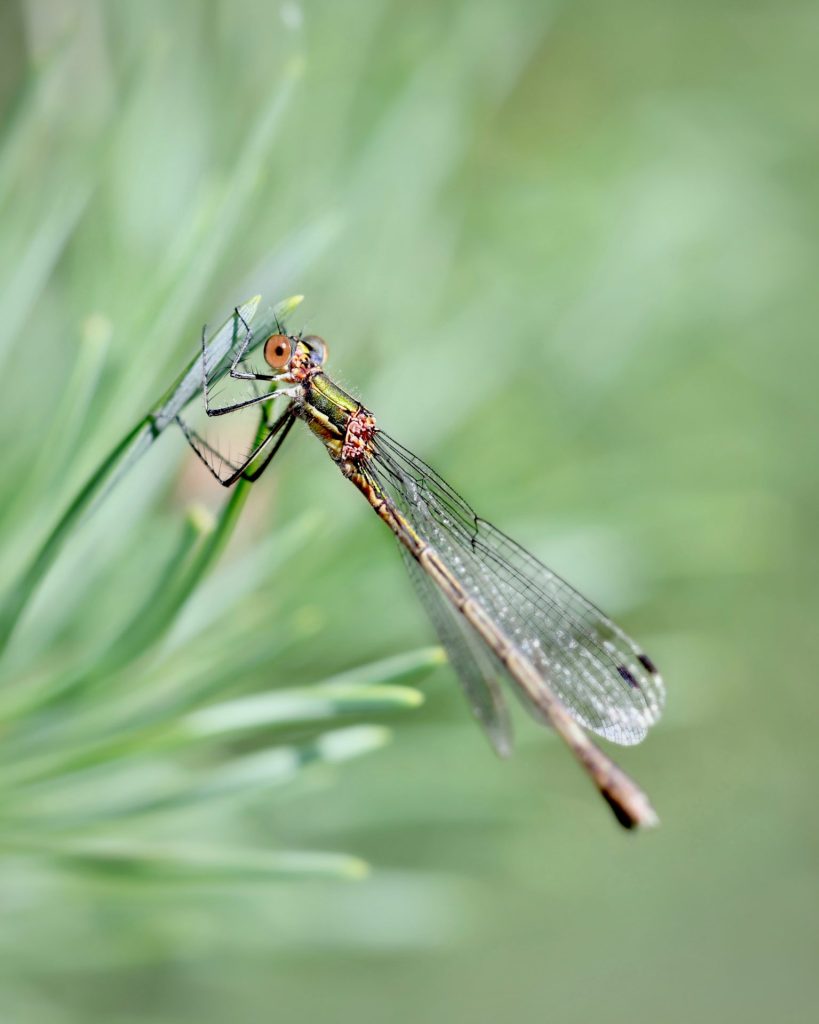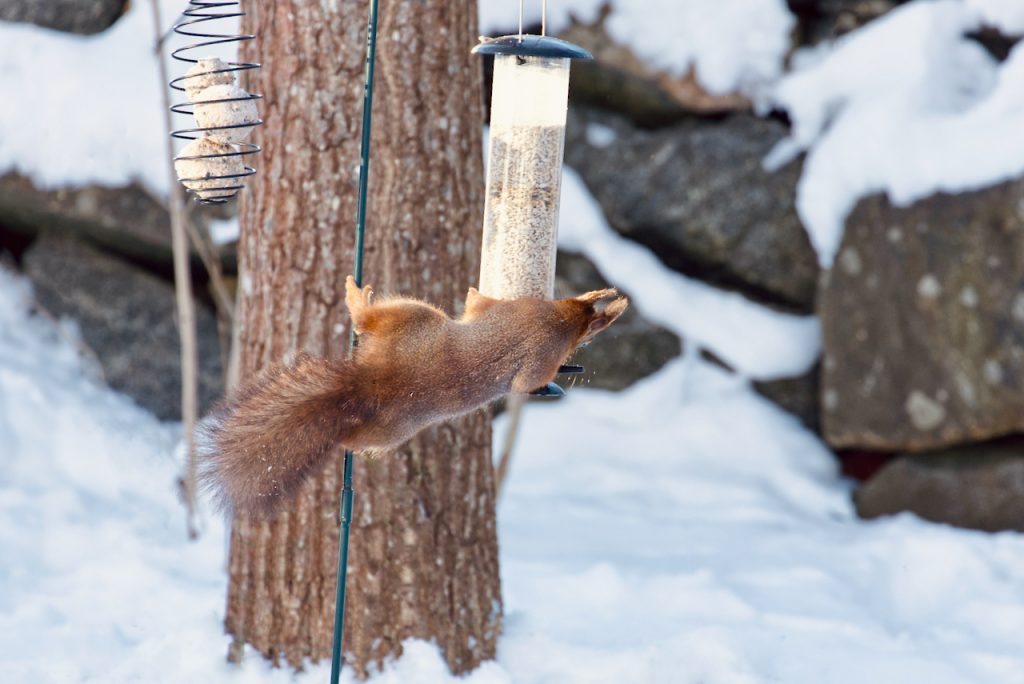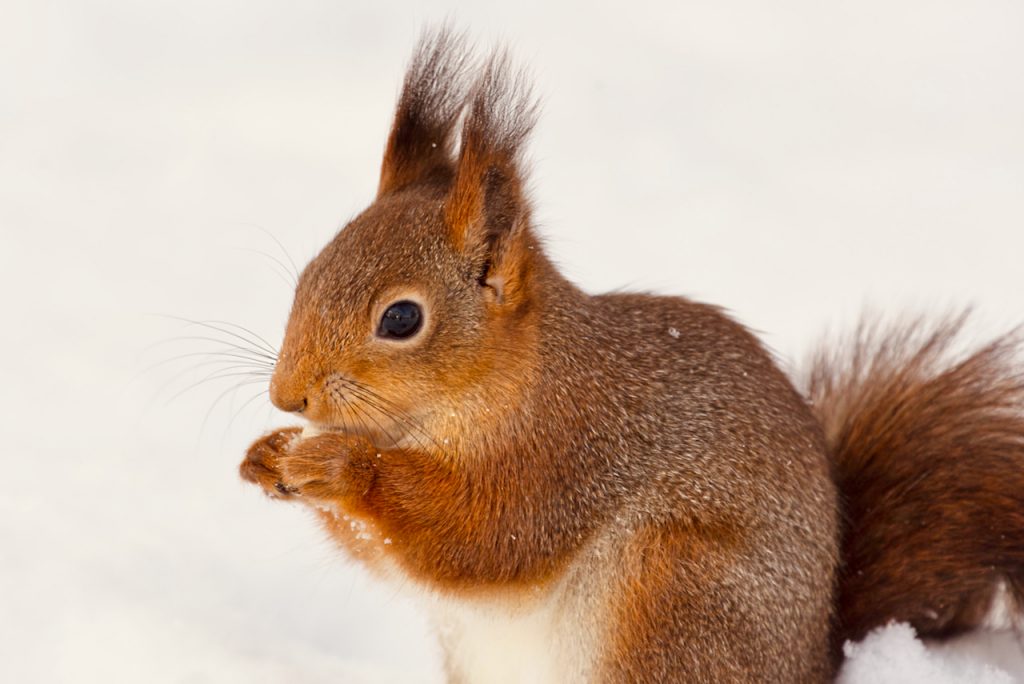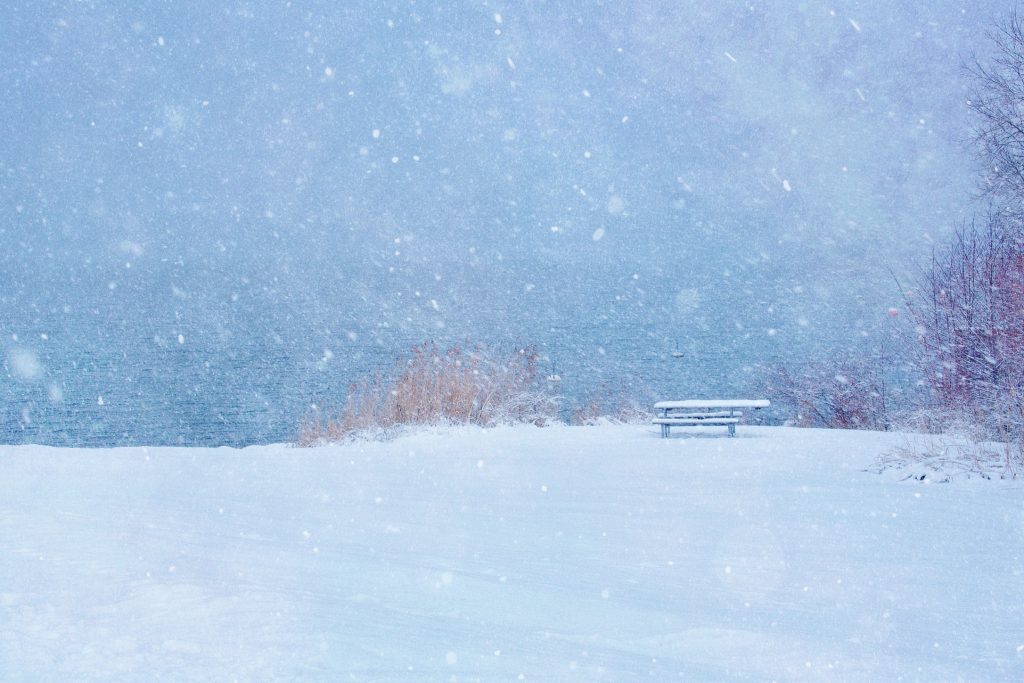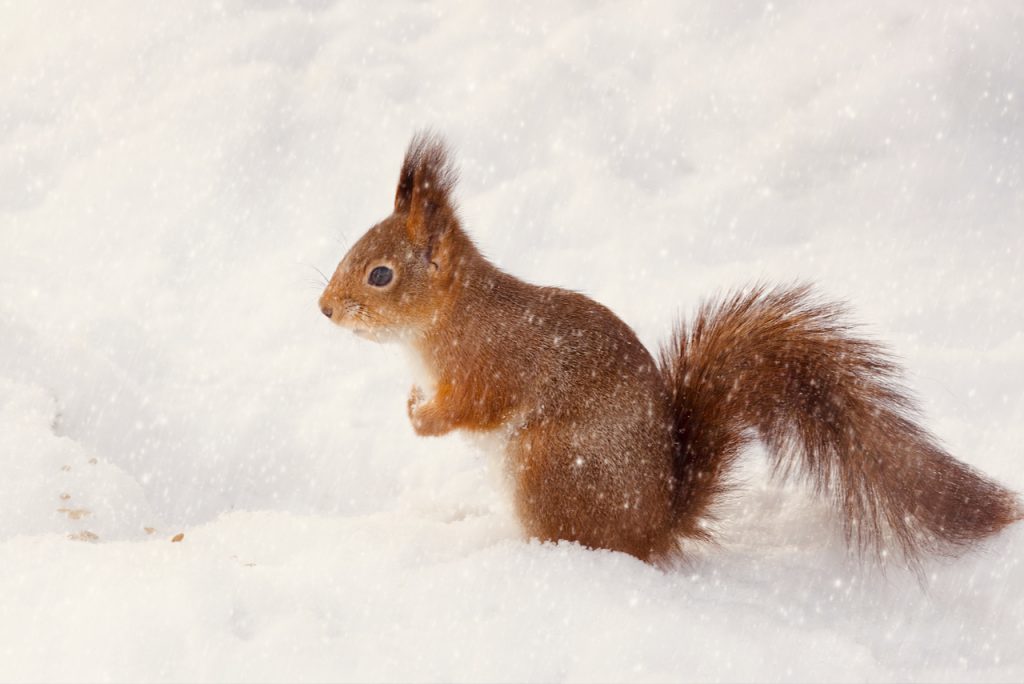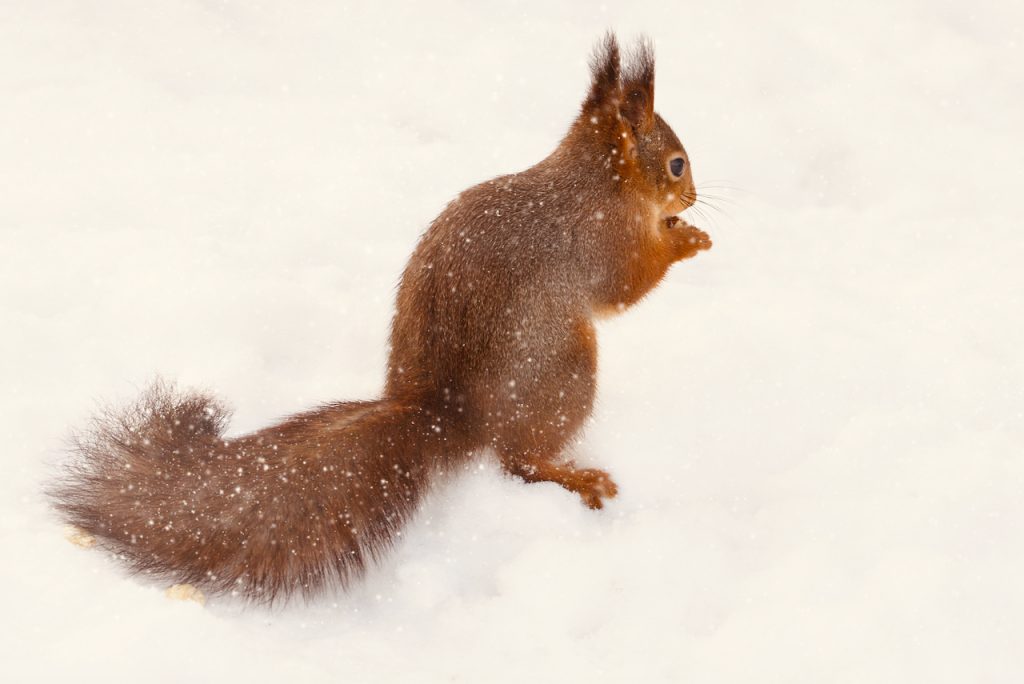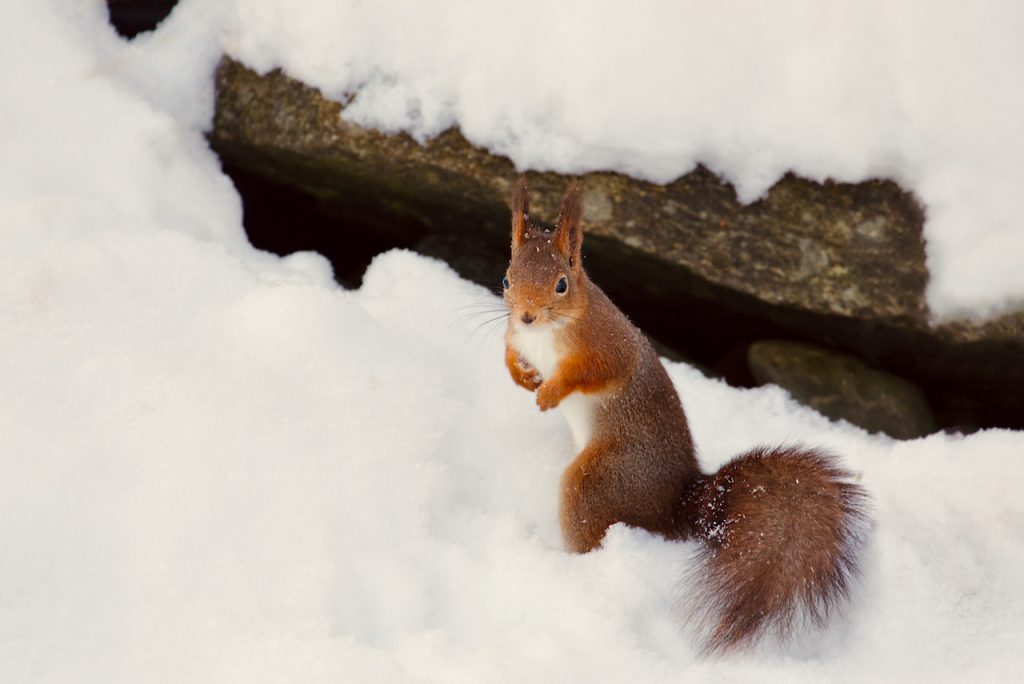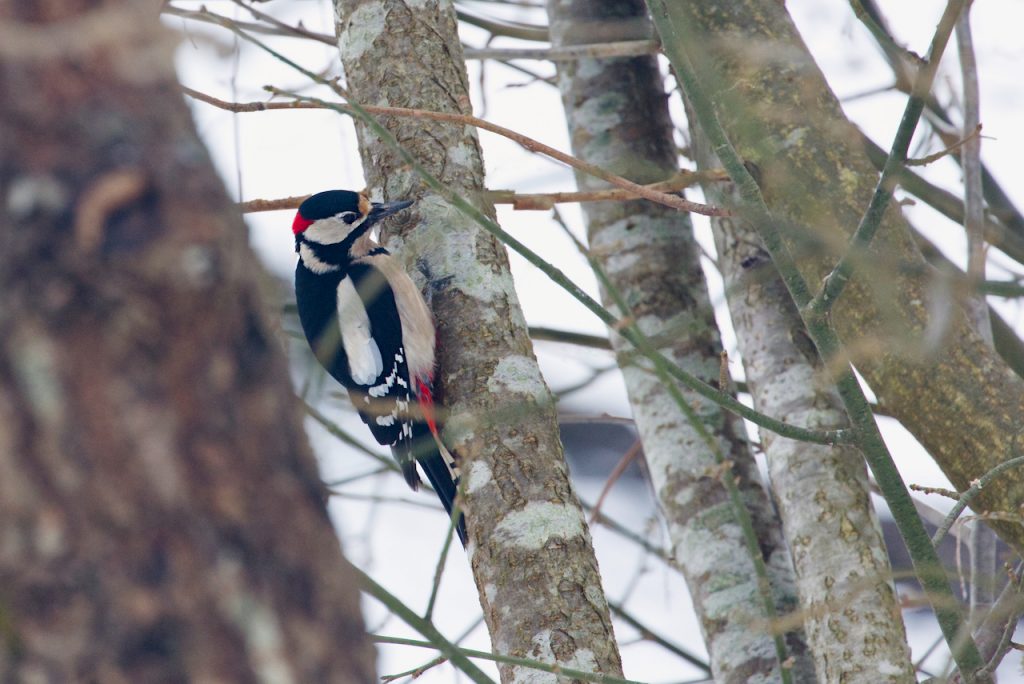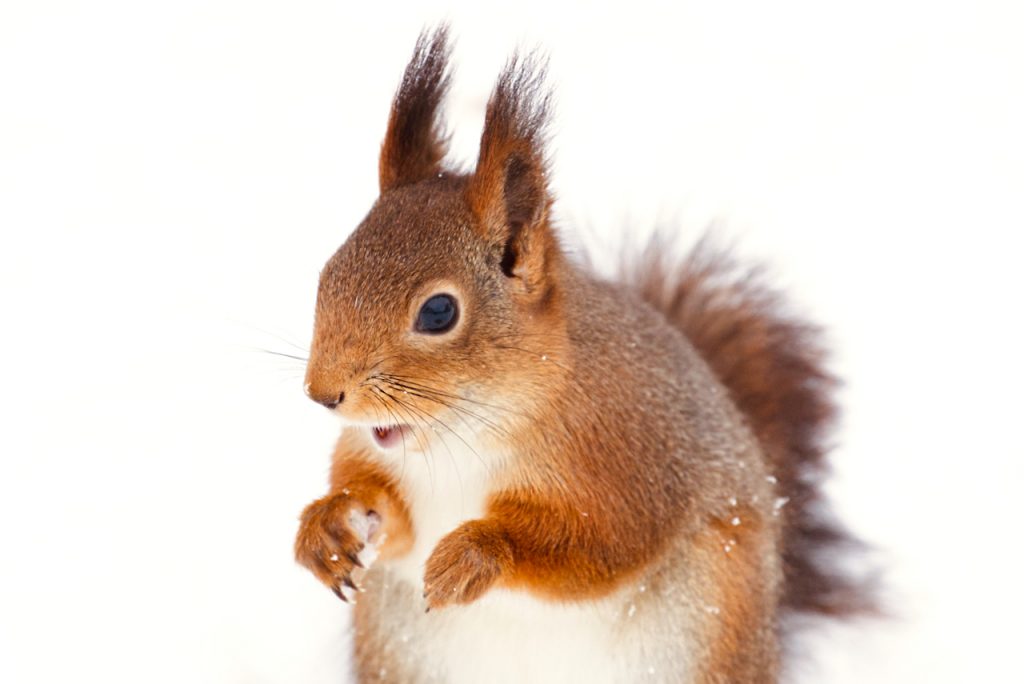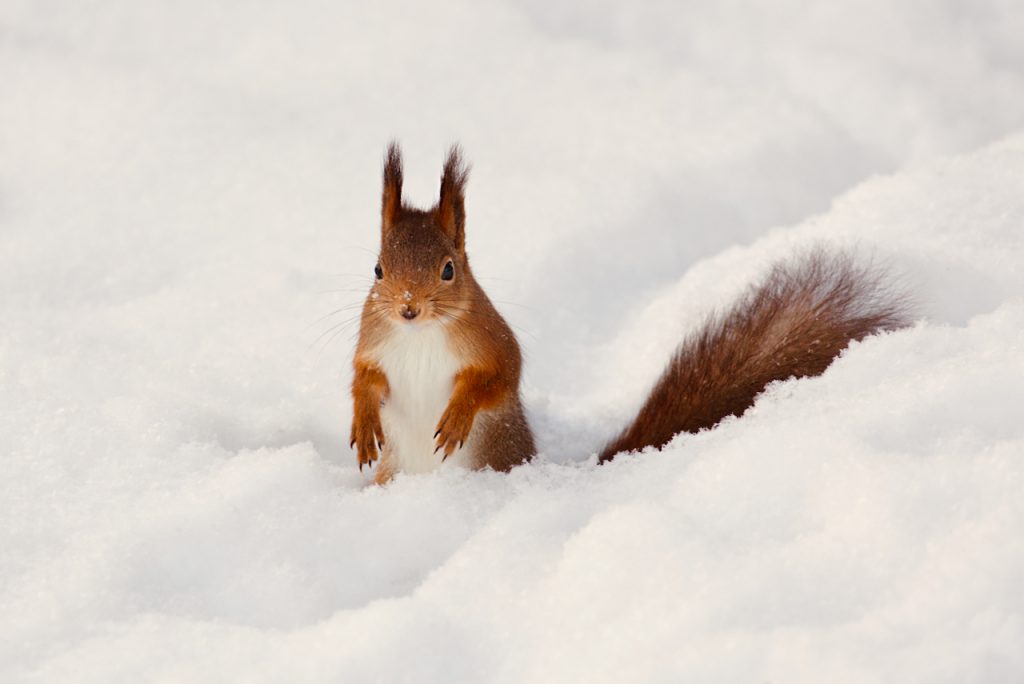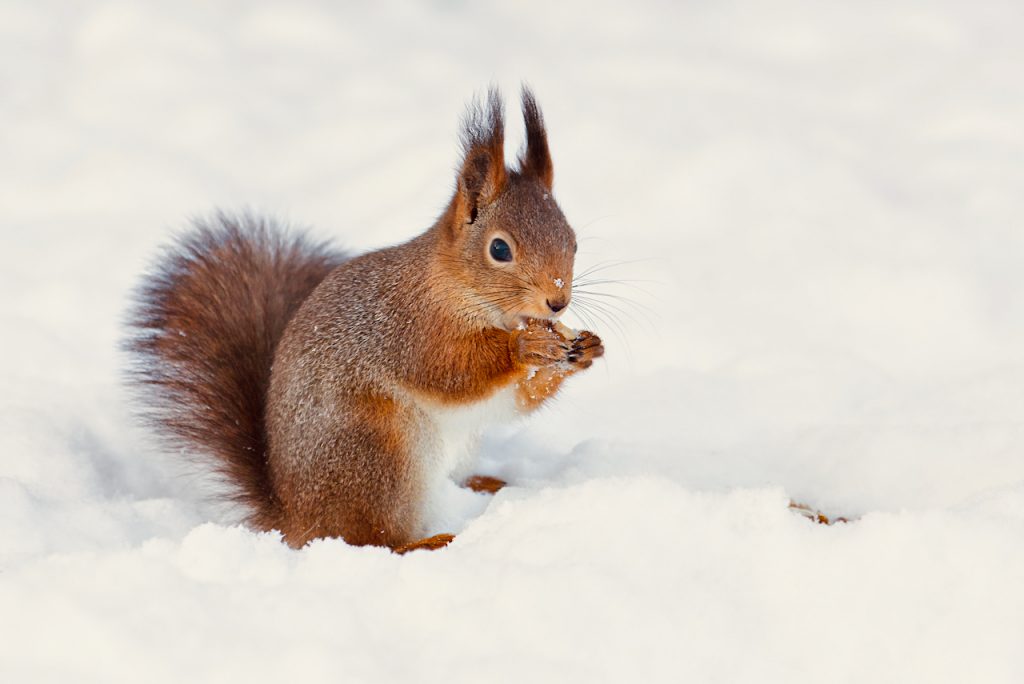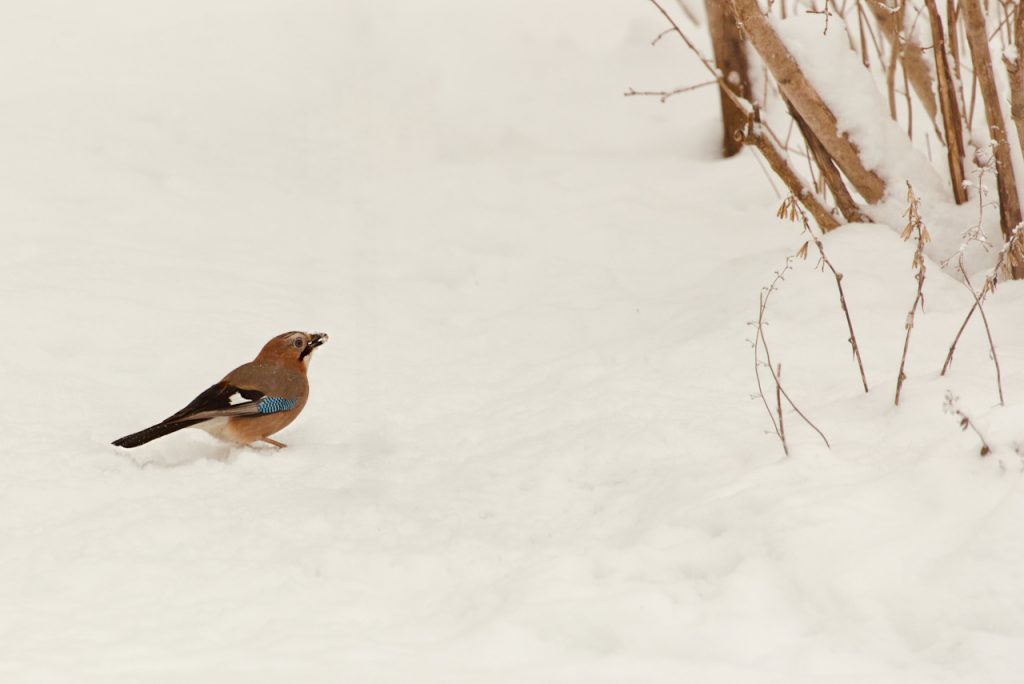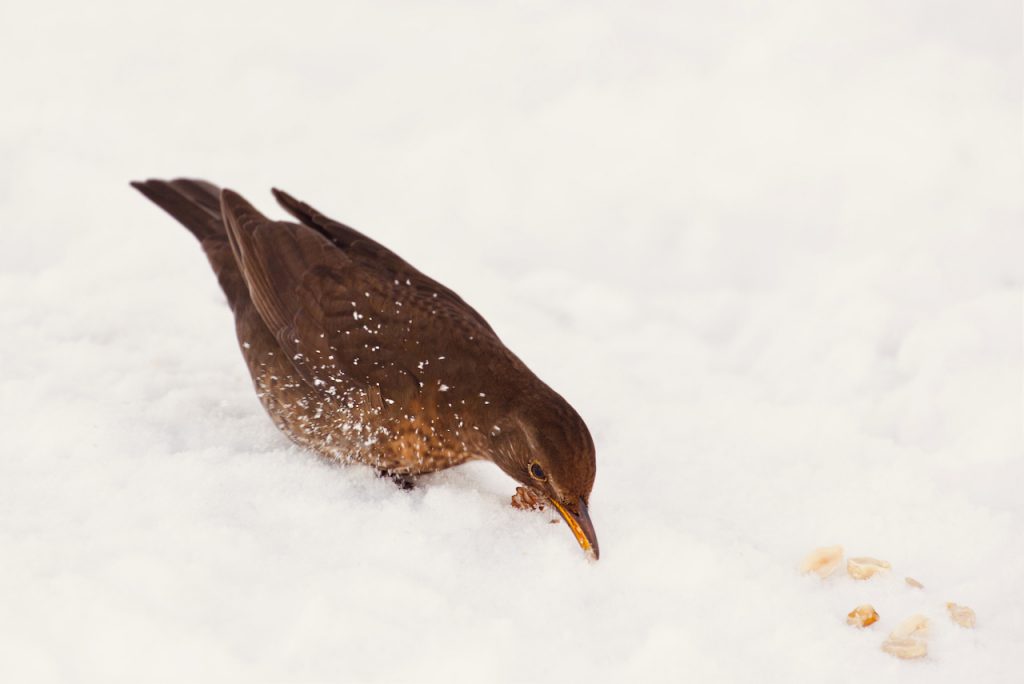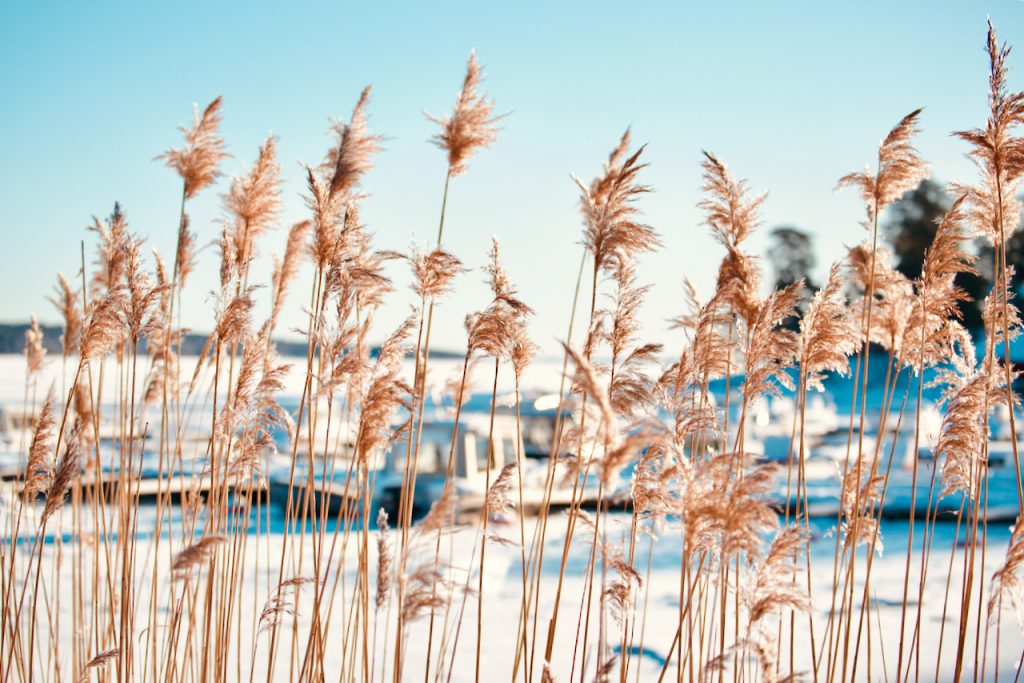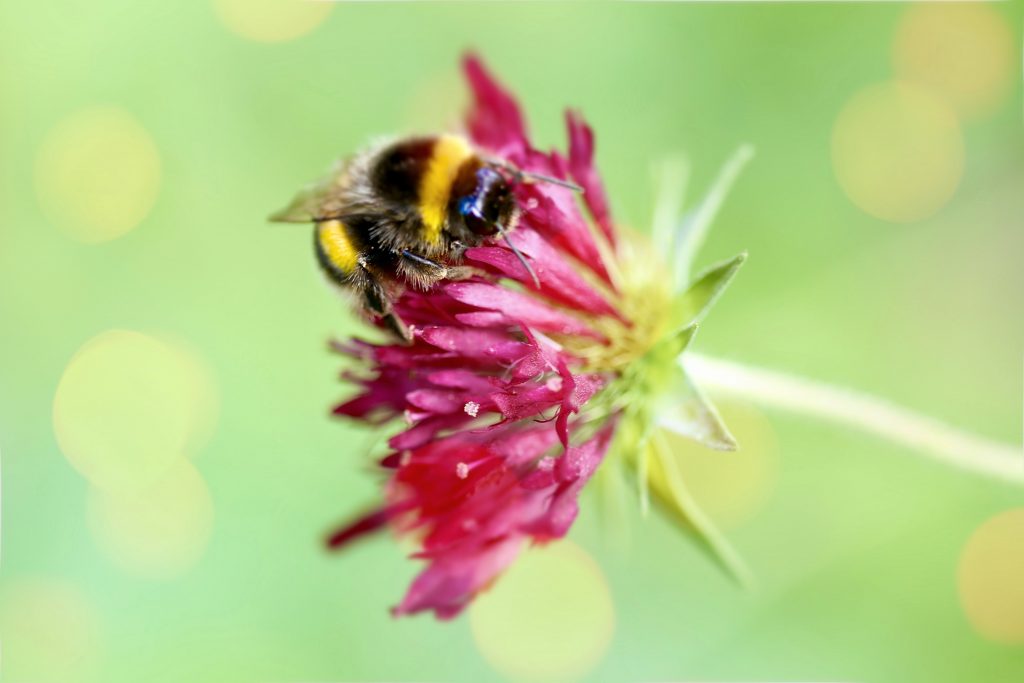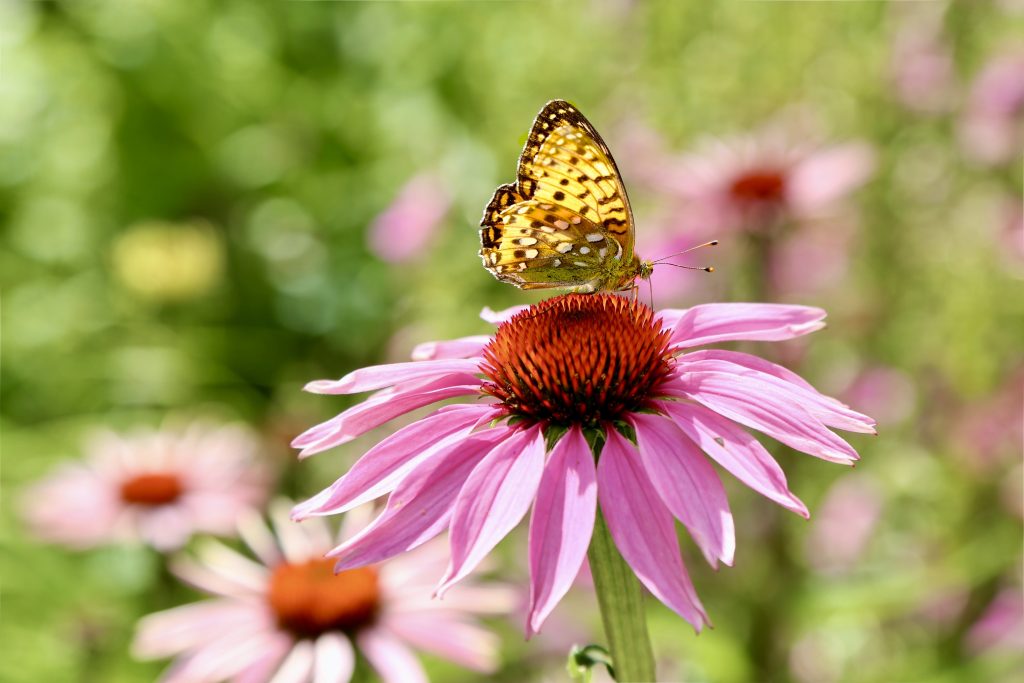
“This is not what that background looked like,” my friend said in a half-puzzled, half-accusatory tone. “And it wasn’t snowing.”
My friend had dropped by for a cup of coffee and some girl gossip and was peering at my computer screen while I was making coffee. The screen showed a before and after photo of a blue tit posing on a perch.
And this is the trouble, I thought, with everybody being a photographer nowadays. You snap a picture with your phone, and there you go, a dog, your children, a blue tit. What you see is what you get. Change that, and you alter reality. You fake it. You cheat.
What they fail to see is that even a “real” picture that seems to show you precisely what you saw is a two-dimensional depiction of a three-dimensional reality. Our eyes see more than that camera does. What you’re looking at is what the camera saw, not you.
And what you see is different from what I see. Ask a group of people what they saw, and you’ll hear different accounts of the same thing. We’re different, and we’re interested in different things. If I walk into somebody’s house, my eyes will instantly travel to bookshelves and pictures while my husbands will find the LPs. Same reality, different outlooks.


The important thing here is not what you look at but what you see. Some people would see a blue tit on a perch, and this is what they would attempt to record, the photograph an exact recording of reality. The result may be technically perfect but also impersonal. A good illustration for a bird guide, maybe, but no indication of the creator’s personality.
An artist, on the other hand, has a vision. S/he sees beyond the obvious, beyond the “bird on a stick.” S/he sees the promise, what it could be, the hidden layers of reality. S/he doesn’t attempt to record reality but create it anew.
Photographs are subjective, and it is the photographer’s vision that shapes the final result. This is where the line between photography and art blurs. While anyone can take a photograph, not everyone can create art. An artist sees beyond the obvious and captures the essence of a moment, not just the physical reality of it. They see the hidden layers of reality, and their photographs are a reflection of their unique perspective. The beauty of art is that it is not limited by the camera’s lens or the photographer’s perspective. It is an interpretation of reality; therefore, it can be anything the artist wants it to be. It is a creation, a representation of the world as the artist sees it, rather than a simple recording of it.
Everyone can be a photographer, but not everyone can be an artist.
To read more on photography, click here. Artsy has a good article on how to learn to see the world as an artist here.
Related Posts
- A Reality So Subtle
- Why Buying An Expensive Camera Doesn’t (Always) Matter
- How To See the World Like an Artist
- It Is an Illusion That Photos Are Made With the Camera
- iPhotography
If you liked this post, share it on your preferred social network or forward it to a friend.
